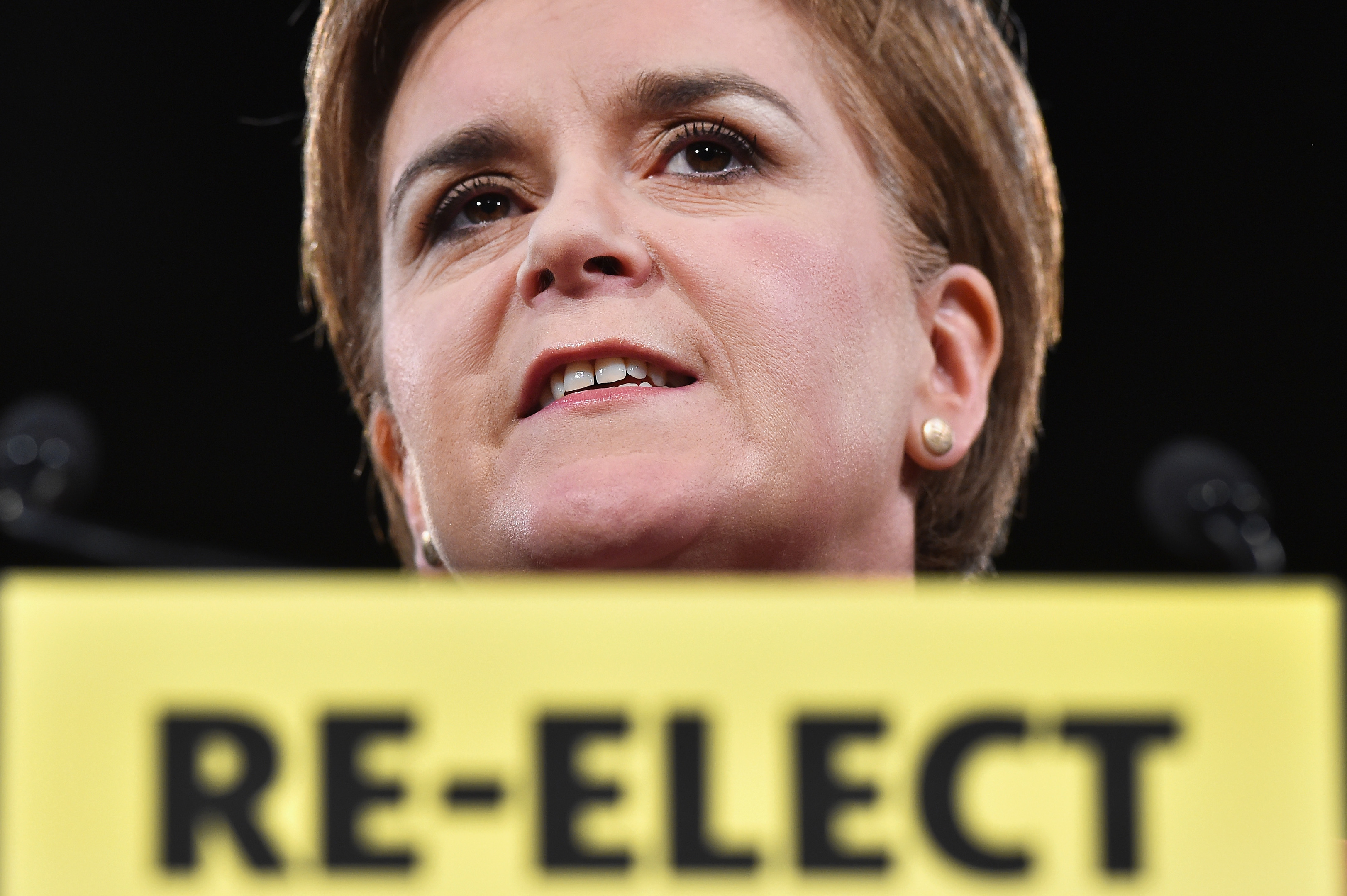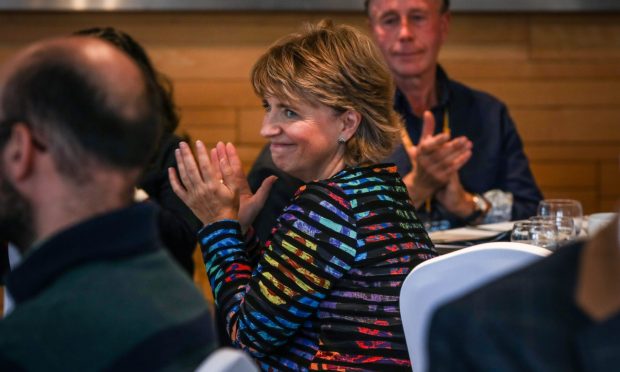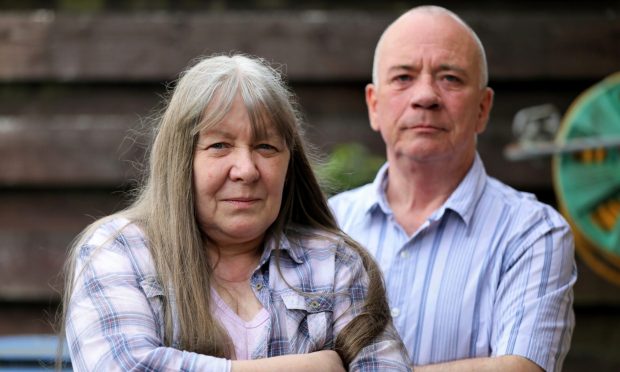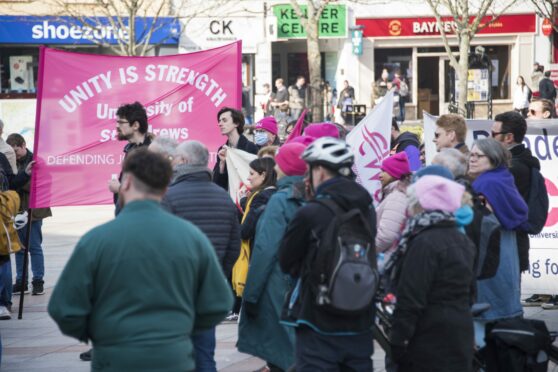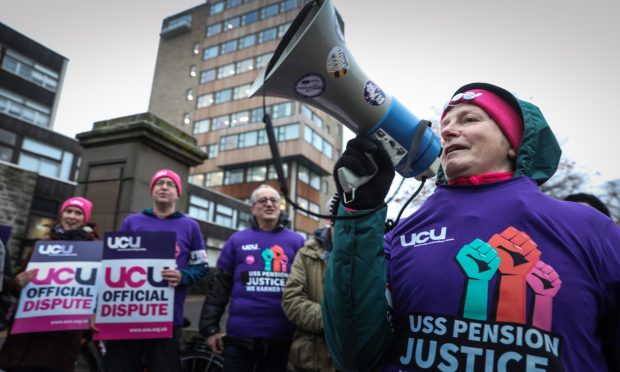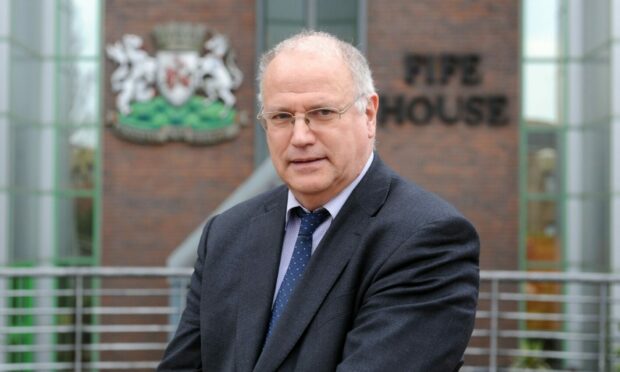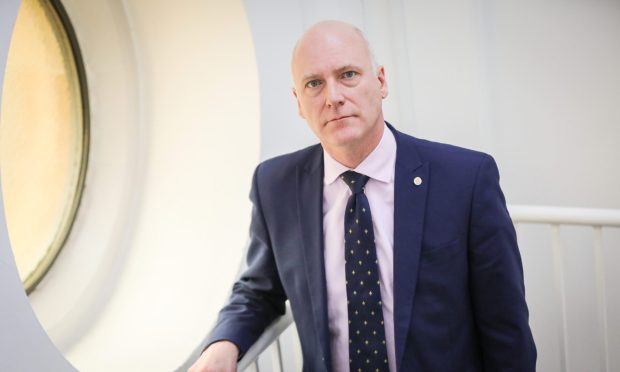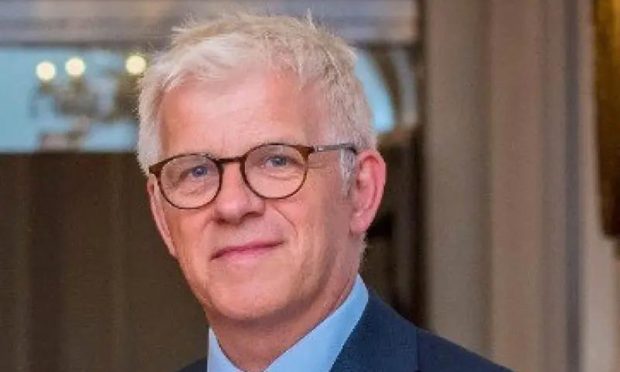Nicola Sturgeon has said she will listen to the views of No voters “patiently and with a lot of humility” as the SNP seeks to build a new case for independence.
The party leader said she was not trying to “rush anybody into another decision” with her summer initiative targeting those who rejected the campaign to leave the UK in 2014.
Her comments came as it was revealed in The National newspaper the SNP’s new drive for independence will be headed up by deputy leader Stewart Hosie.
Mr Hosie is due to set up a working group involving other senior figures from the Yes movement, according to the newspaper.
Ms Sturgeon first announced the summer initiative at the party’s spring conference, telling supporters that while many Scots had “wanted to be persuaded” in 2014 they “ultimately didn’t find our arguments compelling enough”.
The party is expected to consider issues such as currency, the economy and Scotland’s European Union membership.
Its Holyrood election manifesto says the “Scottish Parliament should have the right to hold another referendum if there is clear and sustained evidence that independence has become the preferred option of a majority of the Scottish people – or if there is a significant and material change in the circumstances that prevailed in 2014, such as Scotland being taken out of the EU against our will”.
Speaking on BBC Radio Scotland, Ms Sturgeon said the SNP would embark on a “process of listening to the reasons why some people who might have been persuaded to vote for independence ultimately chose not to”.
“I absolutely understand and I absolutely respect the fact that there are many of the 55% who voted No who will never change their minds because their convictions are as strong as mine are about independence, but there are a number of people – and I know many of these people personally – who might be persuaded, so we’ll try patiently and with a lot of humility to listen to what their views are and see if we can persuade them in the future,” she said.
“I am not trying to impose anything on anybody, I am not trying to rush anybody into another decision.”
Ms Sturgeon added that if a majority of people cannot be persuaded to back independence, then the party will not have “earned the right to ask the question again”.
